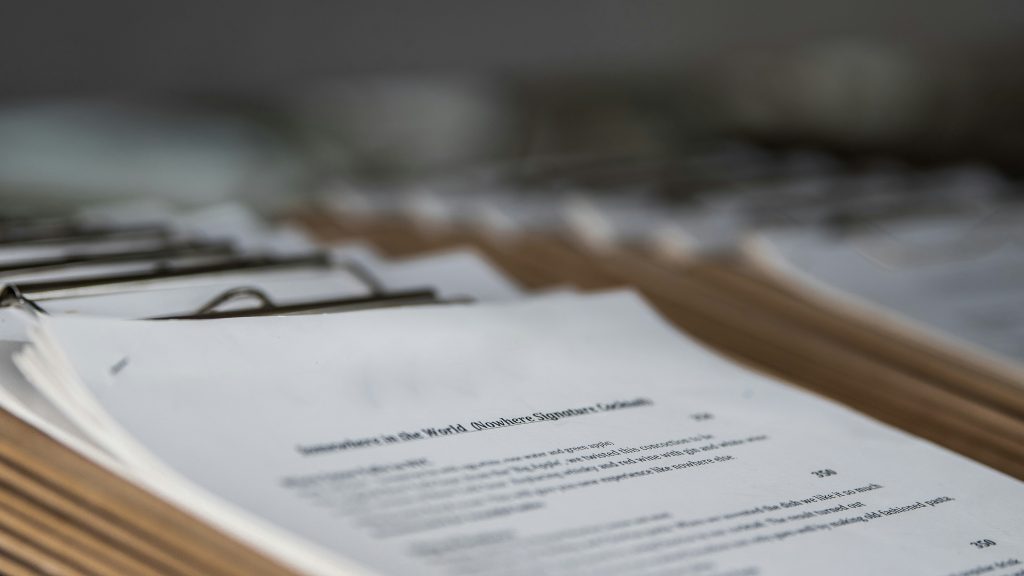Securing a Chinese visa can feel like navigating a maze if you’re unprepared. Whether you’re planning to work in China, attending meetings, or handling short-term projects, understanding the process upfront saves time, money, and headaches. Here’s a no-nonsense breakdown of what you need to know about China work visa policy.
- Start by Identifying the Correct Visa Type
People’s Republic of China categorizes visas based on purpose, and if you apply for a visa under the wrong type will result in rejection. You have to read all the details of work visa policy. Common options include:
- Work Visa (Z Visa): Mandatory for employment exceeding 90 days. Requires a foreign work permit first, which must be obtained before you apply for a visa itself. Without the required documents, you cannot even begin the Z visa process.
- Business Visa (M Visa): Designed for short-term commercial activities such as attending trade fairs, meetings, and negotiations. This visa does not allow formal employment or long-term stays. An invitation letter from a Chinese company is essential.
- Talent Visa (R Visa): For high-level professionals who are urgently needed in China. These visas are generally processed more quickly and come with streamlined procedures, but eligibility is tightly restricted.
- Tourist Visa (L Visa): Strictly for tourism or visiting friends and family. Using it for paid work is illegal and can lead to deportation or bans from re-entry. Always apply under the correct category.
- Gather Non-Negotiable Documentation
Chinese consulates are sticklers for paperwork. Missing one item means starting over. Essentials include:
- Passport: Valid for at least six months beyond your intended stay, with at least two blank visa pages. Include copies of any previous Chinese visas for reference.
- Completed Visa Application Form: Downloadable from your consulate’s website. Fill it out meticulously. Typos, missing fields, or inconsistent personal information can delay your application.
- Passport Photos: Two recent color photographs with a white background (size: 48mm x 33mm). No glasses, hats, or filters.
- Proof of Legal Status: If you’re applying in a third country (not your country of citizenship), you must show a valid visa or residency permit for your current location.
- Invitation Letters: Required for business and work visas. For business (M) visas, the invitation must be from a registered Chinese business. For work (Z) visas, your employer in China must secure and issue the official Foreigner’s Work Permit Notice.
- Health Checks: Applicants for the Z visa often need to undergo a medical exam. Some consulates accept results from your home country, while others require a second check upon arrival in China. Get clarity early.
- Handle the Bureaucracy Like a Pro
Appointments: Many Chinese consulates and visa centers require online appointment bookings. These slots can disappear fast, especially in peak seasons or before public holidays. Book early to avoid delays.
Submission: Depending on your country, you may be allowed to use a third-party visa agency to submit your documents. This can be a lifesaver if you’re short on time or not near a consulate. Just ensure the agency is officially recognized.
Processing Times: Standard processing usually takes four business days. Expedited (rush) services can reduce this to 2-3 days but will cost extra. Avoid applying right before major Chinese holidays (like Lunar New Year or National Day), when consulates may close for extended periods.
- Avoid Common Pitfalls
- Overlooking Authentication: Documents such as diplomas, marriage certificates, or criminal record checks often require notarization and legalization by both your home country and the Chinese embassy. This step can take weeks—start early.
- Misjudging Visa Duration: Some visas allow only single entry, which may not suit travelers planning regional trips. If you need to re-enter China, request a multiple-entry visa upfront.
- Ignoring Local Rules: Visa requirements can differ by location. For example, Shanghai and Beijing may have slightly different document checklists. Always check your local consulate’s website for city-specific instructions.
- Post-Arrival Tasks
Your visa gets you through the airport, but it doesn’t stop there. After arrival, you must:
- Register with the Police: Within 24 hours of arrival, you must register your temporary residence at the local police station. If you’re staying at a hotel, they usually handle this for you. Otherwise, bring your lease and passport.
- Apply for a Residence Permit: Z visa holders must convert their visa to a residence permit within 30 days of entering China. Your employer should assist, but don’t delay—it’s your legal status in the country.
- Final Tip: Stay Updated
China’s visa policies are fluid. Rules can change quickly due to diplomatic shifts, health crises, or internal regulation changes. Always check your nearest consulate’s website 2-3 weeks before applying. Bookmark the National Immigration Administration (https://en.nia.gov.cn) for official updates.
By treating the application like a mission, you reduce your margin for error. Print extra copies of everything, maintain a checklist, and ask questions if anything seems unclear. Bureaucracy can be tedious, but precision pays off.
Once you’ve secured your visa and landed in China, the initial headaches will fade. You’ll settle into your new rhythm—maybe sipping jasmine tea in a quiet courtyard or hustling through the tech parks of Shenzhen. Getting the visa is just the first step in your China journey. Handle it right, and the rest becomes a whole lot easier.

